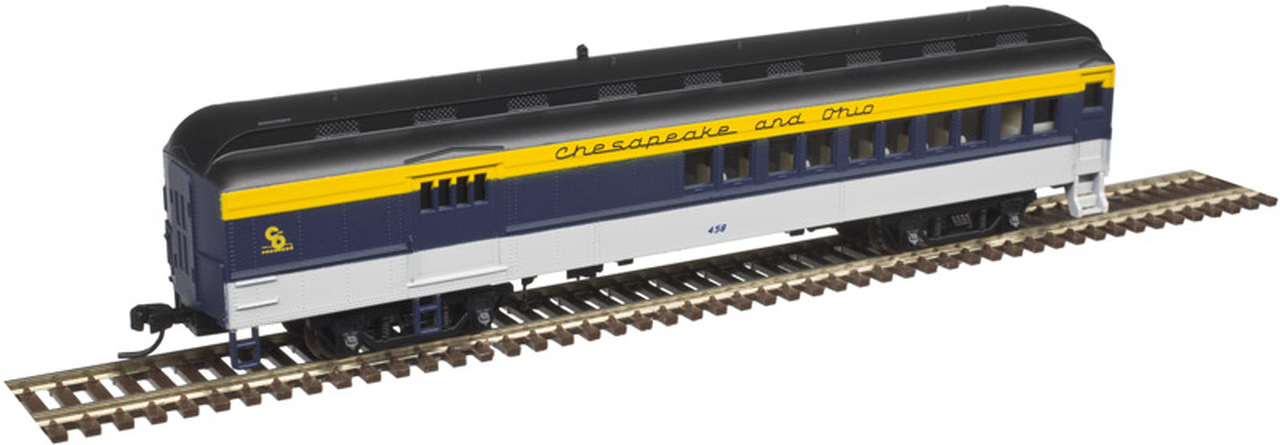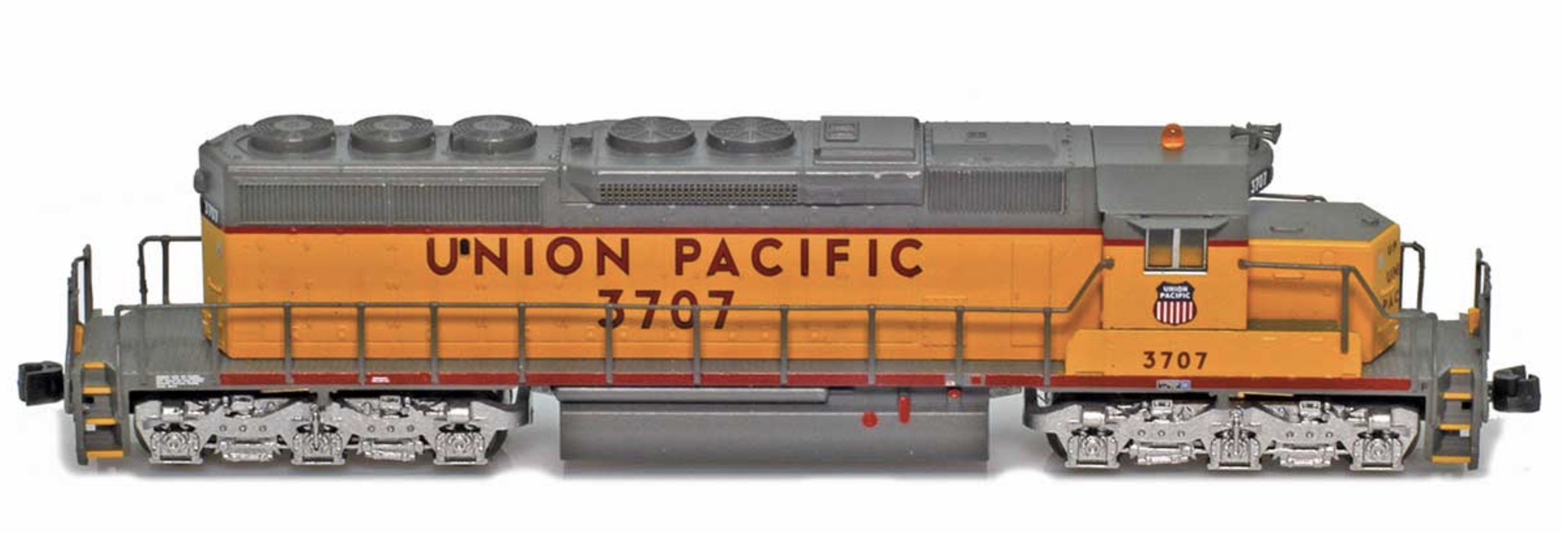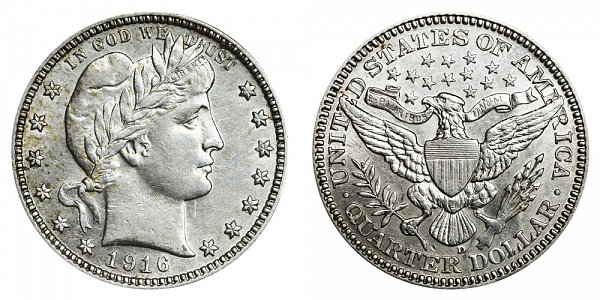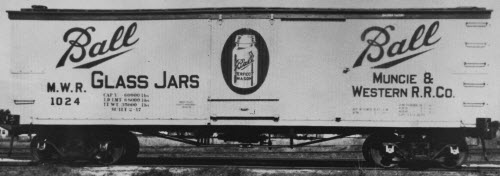Model Information: This MDC tooling models a pre-1900 boxcar with a truss-rod underframe. The MDC Truss-Rod underframe 36' Reefer and 36' Boxcar are very similar models. They were introduced in 1997 for the former and 1998 for the latter. The easiest way to tell the difference is that the reefers have plug doors and the boxcars have sliding doors. Like all of MDC N-Scale molds, this one was also acquired by Athearn in 2004 when they acquired MDC. The MDC releases were supplied in both 'kit' and RTR (Ready-To-Run) versions.
The Athearn (post 2004) releases come fully assembled and feature:
The Athearn (post 2004) releases come fully assembled and feature:
- Fully assembled and ready to operate
- Separately applied brake wheel and roof walk
- Molded truss rods with turnbuckles
- Molded plastic underframe with brake cylinder
- Screw mounted trucks for accurate tracking
- Truck mounted magnetically operated knuckle couplers
- Plastic wheels.
Prototype History: Boxcars in the early 20th century frequently featured a "Truss-Rod" design. The purpose of truss rods was to prevent the railcars from sagging in the middle by the use of turnbuckles in the center of the truss rods for tightening. Due to the limitations of the materials available at the time, there was a tendency for the railcars body to sag in the middle, between the trucks. Truss rods were designed to prevent this. They have the same purpose as I beams or channel beams do in more modern equipment; or, the unitized body of automobiles do today. They give strength in the direction needed to support the load placed on the car.
Road Name History: 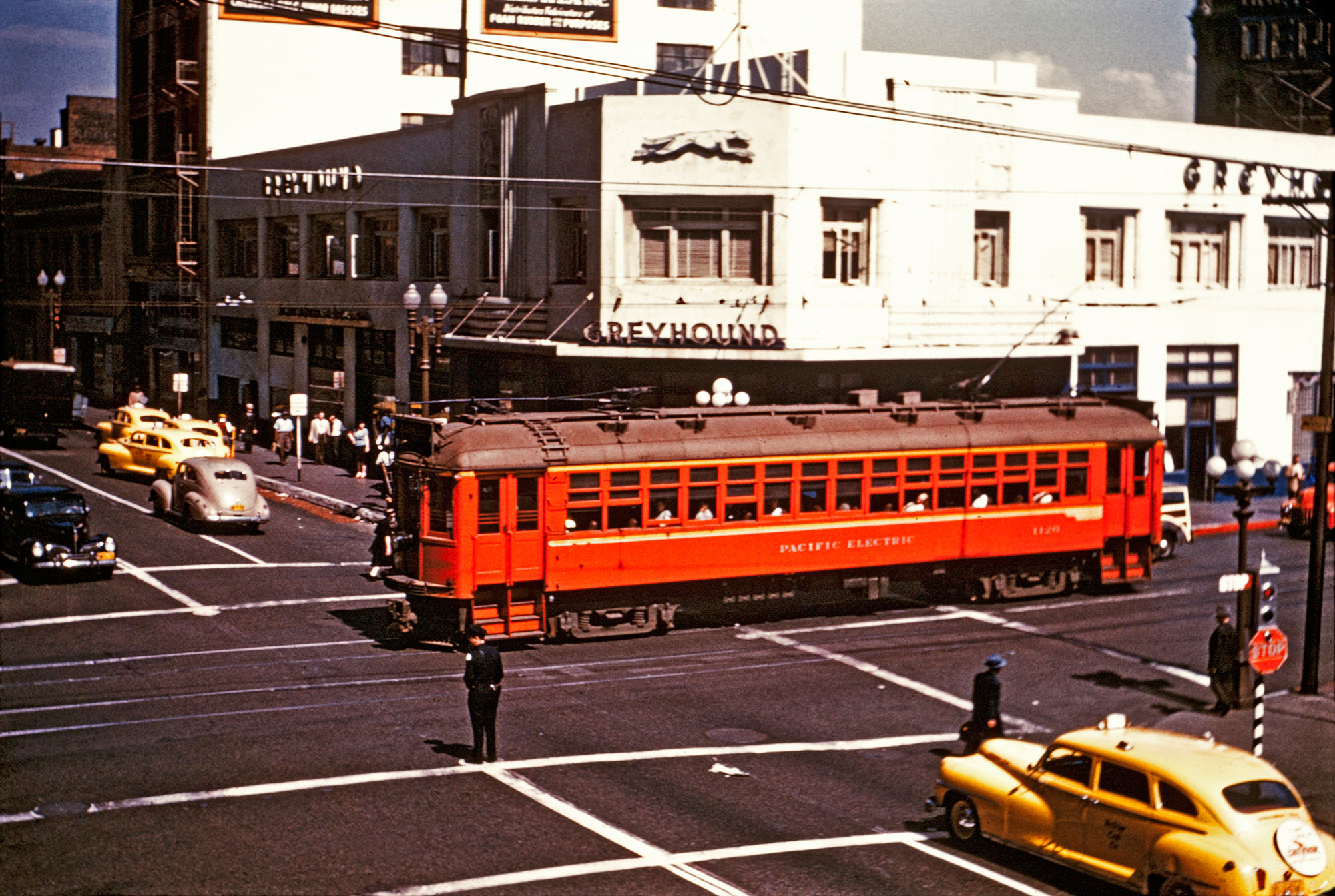 The PE was established in 1901 and built an electric interurban line between Los Angeles and Long Beach, California. With this first line completed in 1902, the PE began building outward in every direction. This caught the attention of Southern Pacific who at first attempted to obstruct the PE’s expansion and then bought a 45% stake in the company. Henry Huntington, PE’s founder, then established a new company, the Los Angeles Inter-Urban Railway and resumed his expansion under that flag – outside of the influence of the SP. By 1908, LAI-U had grown larger than PE but Huntington had come to a truce with Southern Pacific. He leased the LAI-U to Pacific Electric and over the next few years sold control of his various traction lines in the state to SP. In 1911, the PE, LAI-U, Los Angeles Pacific and a handful of smaller lines were combined into a greater Pacific Electric.
The PE was established in 1901 and built an electric interurban line between Los Angeles and Long Beach, California. With this first line completed in 1902, the PE began building outward in every direction. This caught the attention of Southern Pacific who at first attempted to obstruct the PE’s expansion and then bought a 45% stake in the company. Henry Huntington, PE’s founder, then established a new company, the Los Angeles Inter-Urban Railway and resumed his expansion under that flag – outside of the influence of the SP. By 1908, LAI-U had grown larger than PE but Huntington had come to a truce with Southern Pacific. He leased the LAI-U to Pacific Electric and over the next few years sold control of his various traction lines in the state to SP. In 1911, the PE, LAI-U, Los Angeles Pacific and a handful of smaller lines were combined into a greater Pacific Electric.
The new PE blanketed Southern California from San Fernando and Pasadena to the north, Santa Monica, Redondo Beach, San Pedro, Long Beach, Huntington Beach and Balboa along the coast to as far east as Redlands. With 575 miles of line, they were the largest electric railway in the world at the time of the consolidation.
Near the end of the Second World War, PE rostered 483 electric passenger cars ranging from small street cars to large interurban cars, 41 box motors for package freight, a trio of RPO-Express cars, and for heavy freight service 44 electric freight motors, 19 steam locomotives, and 6 diesels (some of which were equipped with trolley poles to trigger PE’s signal system.)
As the popularity of the automobile increased, PE began abandoning lines. In a few cases, lines that were making money were forced into abandonment to make room for new highways. In 1953, the remaining passenger service was sold to Metropolitan Coach Lines. PE continued on as a freight railroad. The freight operations were gradually dieselized with power leased from SP with the last electric freight motor switching customers along Santa Monica Boulevard in January of 1958. In 1965, Pacific Electric Railway was finally merged into parent Southern Pacific.

The new PE blanketed Southern California from San Fernando and Pasadena to the north, Santa Monica, Redondo Beach, San Pedro, Long Beach, Huntington Beach and Balboa along the coast to as far east as Redlands. With 575 miles of line, they were the largest electric railway in the world at the time of the consolidation.
Near the end of the Second World War, PE rostered 483 electric passenger cars ranging from small street cars to large interurban cars, 41 box motors for package freight, a trio of RPO-Express cars, and for heavy freight service 44 electric freight motors, 19 steam locomotives, and 6 diesels (some of which were equipped with trolley poles to trigger PE’s signal system.)
As the popularity of the automobile increased, PE began abandoning lines. In a few cases, lines that were making money were forced into abandonment to make room for new highways. In 1953, the remaining passenger service was sold to Metropolitan Coach Lines. PE continued on as a freight railroad. The freight operations were gradually dieselized with power leased from SP with the last electric freight motor switching customers along Santa Monica Boulevard in January of 1958. In 1965, Pacific Electric Railway was finally merged into parent Southern Pacific.
Brand/Importer Information: Athearn's history began in 1938, when its founder-to-be, Irvin Athearn, started an elaborate O scale layout in his mother's house. After placing an ad selling the layout, and receiving much response to it, Irv decided that selling model railroads would be a good living. He sold train products out of his mother's house through most of the 1940s. After becoming a full-time retailer in 1946, Irv opened a separate facility in Hawthorne, California in 1948, and that same year he branched into HO scale models for the first time.
Athearn acquired the Globe Models product line and improved upon it, introducing a comprehensive array of locomotive, passenger and freight car models. Improvements included all-wheel drive and electrical contact. One innovation was the "Hi-Fi" drive mechanism, employing small rubber bands to transfer motion from the motor spindle to the axles. Another was the double-ended ring magnet motor, which permitted easy connection to all-wheel-drive assemblies. Athearn was also able to incorporate flywheels into double-ended drives.
The company produced a model of the Boston & Maine P4 class Pacific steam locomotive which incorporated a cast zinc alloy base and thermoplastic resin superstructure. It had a worm drive and all power pickup was through the bipolar trucks that carried the tender. This item was discontinued after the Wilson motor was no longer available, and was not redesigned for a more technologically advanced motor.
Athearn's car fleet included shorter-than-scale interpretations of passenger cars of Southern Pacific and Atchison, Topeka & Santa Fe Railroad prototypes. The company also offered a variety of scale-length freight cars with sprung and equalized trucks. The cars could be obtained in simple kit form, or ready-to-run in windowed display boxes. The comprehensive scope of the product line contributed to the popularity of HO as a model railroad scale, due to the ready availability of items and their low cost.
Irv Athearn died in 1991. New owners took control in 1994, but continued to follow Athearn's commitment to high-quality products at reasonable prices. Athearn was bought in 2004 by Horizon Hobby. Athearn was then moved from its facility in Compton to a new facility in Carson, California. In mid-2009, all remaining US production was moved to China and warehousing moved to parent Horizon Hobby. Sales and product development was relocated to a smaller facility in Long Beach, California.
Read more on Wikipedia and Athearn website.
Athearn acquired the Globe Models product line and improved upon it, introducing a comprehensive array of locomotive, passenger and freight car models. Improvements included all-wheel drive and electrical contact. One innovation was the "Hi-Fi" drive mechanism, employing small rubber bands to transfer motion from the motor spindle to the axles. Another was the double-ended ring magnet motor, which permitted easy connection to all-wheel-drive assemblies. Athearn was also able to incorporate flywheels into double-ended drives.
The company produced a model of the Boston & Maine P4 class Pacific steam locomotive which incorporated a cast zinc alloy base and thermoplastic resin superstructure. It had a worm drive and all power pickup was through the bipolar trucks that carried the tender. This item was discontinued after the Wilson motor was no longer available, and was not redesigned for a more technologically advanced motor.
Athearn's car fleet included shorter-than-scale interpretations of passenger cars of Southern Pacific and Atchison, Topeka & Santa Fe Railroad prototypes. The company also offered a variety of scale-length freight cars with sprung and equalized trucks. The cars could be obtained in simple kit form, or ready-to-run in windowed display boxes. The comprehensive scope of the product line contributed to the popularity of HO as a model railroad scale, due to the ready availability of items and their low cost.
Irv Athearn died in 1991. New owners took control in 1994, but continued to follow Athearn's commitment to high-quality products at reasonable prices. Athearn was bought in 2004 by Horizon Hobby. Athearn was then moved from its facility in Compton to a new facility in Carson, California. In mid-2009, all remaining US production was moved to China and warehousing moved to parent Horizon Hobby. Sales and product development was relocated to a smaller facility in Long Beach, California.
Read more on Wikipedia and Athearn website.
Item created by: Jenna on 2018-09-06 16:22:32
If you see errors or missing data in this entry, please feel free to log in and edit it. Anyone with a Gmail account can log in instantly.
If you see errors or missing data in this entry, please feel free to log in and edit it. Anyone with a Gmail account can log in instantly.





